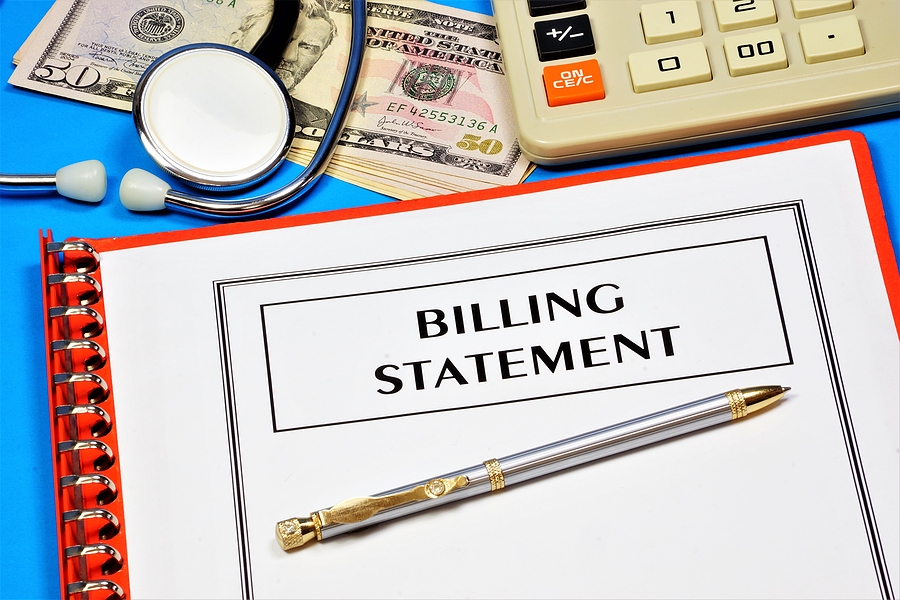Keep Your Evidence Organized For Your Personal Injury Case
 Michael Babboni
Personal Injury
Your evidence is your backbone in your personal injury case. Even if you’re backed up by the very best St. Petersburg personal injury attorney, without evidence there is no way to prove your case and get the compensation you deserve. When you gather your evidence for your personal injury case, it’s important to keep that information organized and ready to present when it’s needed. Your personal injury attorney can help you to best organize your evidence, or you can keep your evidence organized yourself to ensure you have every little piece you need.
Michael Babboni
Personal Injury
Your evidence is your backbone in your personal injury case. Even if you’re backed up by the very best St. Petersburg personal injury attorney, without evidence there is no way to prove your case and get the compensation you deserve. When you gather your evidence for your personal injury case, it’s important to keep that information organized and ready to present when it’s needed. Your personal injury attorney can help you to best organize your evidence, or you can keep your evidence organized yourself to ensure you have every little piece you need.You should keep an injury claim file, and in this file keep all of the necessary documents for your case. This is the broader “general” file, and you’ll separate your documents by type inside of it. For your injury claim file, using an accordion organizer or a three-ring binder is your best option. This lets you keep everything securely in one place, and easy to transport with you to claim related meetings with your attorney. In your file, whether you use a three-ring binder or an accordion organizer, have separate sections labeled for various categories of documents. The categories your organizer or binder should feature include:
• Correspondence – Your correspondence section should hold within all correspondence you’ve had with a negligent party or your insurance provider. Any documents received, recorded conversations, e-mails, and any other conversations you may have had should be kept filed away and organized by date within the correspondence section.
• Medical bills – Any medical bills you’ve received should be in the next section. This includes ambulance bills, initial doctor’s visit bills, any bills related to surgeries, and any ongoing medical appointment bills. If you’ve required ongoing physical therapy appointments or prescriptions, for instance, these should be included in your medical bills files as well.
• Medical records – Medical bills and medical records are two separate categories, so they should be kept separate within your claim file organizer. Your medical records section should include imaging, lab work documents, diagnoses, appointment documents, and any other medical documents not related to billing. This will give an accurate picture of the types of health ailments suffered due to the injury, and what your prognosis may be going forward.
• Property damage documents – If you’ve been in an auto accident or your property was otherwise damaged in the personal injury accident, all of these related documents will be kept in a property damage section. Photographs, documentation from a mechanic, and other related documents will be filed away within this section.
• Wage verification – If you’re planning to include lost wages in your personal injury claim, keep all of your wage verification documents in a separate space labeled “Wage Verification”. This may include pay stubs, tax documents, or other pieces of professional information that proves you’ve lost wages due to your accident and just how much of your wages can expect to be lost going forward.
• Witness And Reports – In the Witness and Reports section you’ll keep all of your witness contact information, any witness correspondence, and any police reports that may have been made at the time of the auto or any other sort of personal injury accident. This allows you to easily access this information for ongoing communication throughout your case.
• Photos – A photos section is useful for keeping photos of the accident scene, the hazard that caused a slip and fall, and any other accident related photographs you may have taken during the evidence collection process. Organizing these photos by what they’re to be showing is convenient for finding relevant photos when they’re needed throughout your case.
